The symptoms of a bad transmission control module include difficulty changing up or down through gears, getting stuck in neutral or first gear, random unintended gearshifts and poor fuel economy.
If you are having trouble with the automatic transmission in your car, it may be caused by a failing transmission control module.
The transmission control module controls the automatic gearbox and is responsible for selecting the correct gear, for the speed at which the vehicle is travelling.
It can be difficult to diagnose problems with the gearbox and transmission, but I always start with a diagnostic readout of the ECU. A faulty transmission control module will usually trigger the error code P0700.
8 Common Symptoms Of A Bad Transmission Control Module
A faulty transmission control module will usually come to light through problems with the gearbox. Problems like being in the wrong gear, not going into gear or randomly changing gear are all classic transmission control related issues.
Here are the most signs of a bad transmission control module explained in detail.
1. Check Engine Light Flashing
As you may expect, a key component like the transmission control module will light the check engine light when a problem arises.
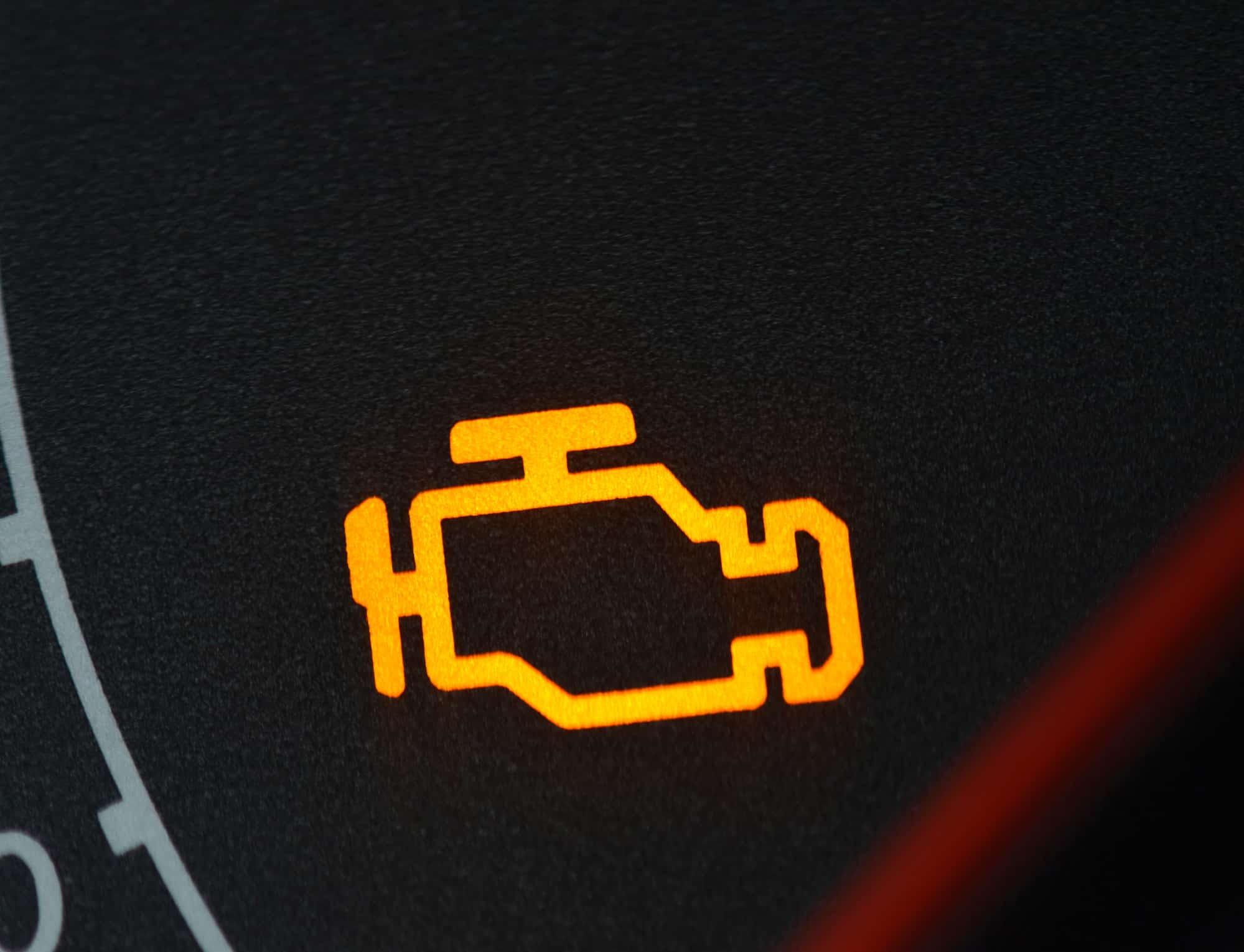
However, on rare occasions, the self-diagnostic routine will be saving the “bad transmission control module” data trouble code P0700. Instead, you will probably find several data trouble codes pointing to automatic transmission sensors/actuators.
An experienced technician will recognise certain patterns in these codes that could indicate a bad transmission control module.
2. Poor Fuel Economy
The engine and transmission work as a team known as a “powertrain” in order to optimize fuel economy.
Because of this, it should not be a surprise that a bad transmission control module leads to poor fuel economy. The inability to properly control gear shifts will severely hurt gas mileage.
3. Gear Upshifting Problems
Under normal conditions, the transmission control module calculates an optimal strategy for upshifting no matter what combination of car speed / engine load is present.
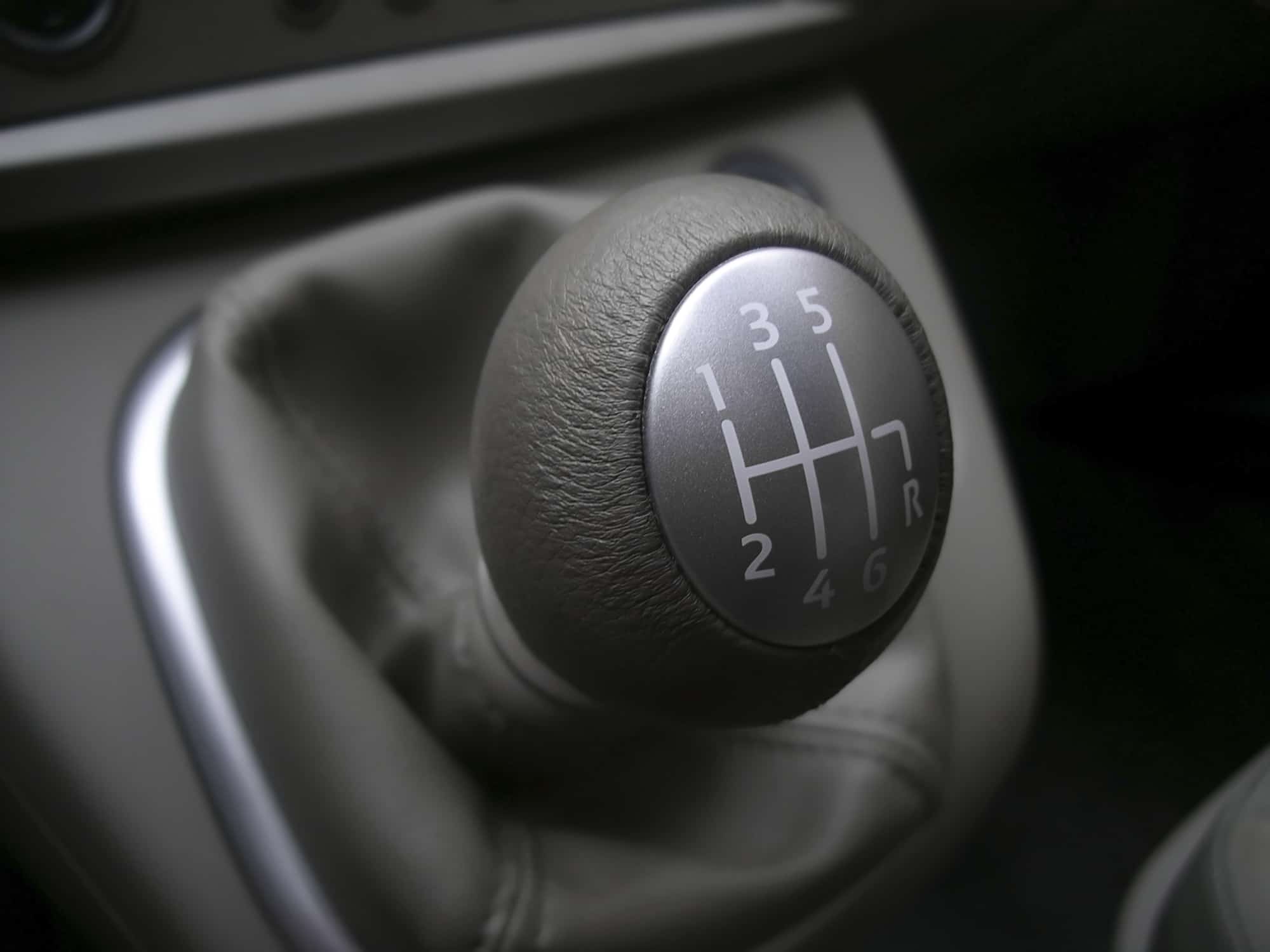
This ensures optimal fuel economy when you are accelerating slowly, but could also provide full engine torque if necessary, for example, during wide open throttle (WOT) mode.
A faulty transmission control module could produce undesirable problems like the following:
- A delay in upshifts, leading to gear shifts at higher RPM than usual.
- The inability to reach certain gears and/or overdrive mode.
- Rough shifting. Ideally, upshifts should be smooth, so smooth that they should not be noticed.
- Gear skip. In some situations, a bad transmission control module could shift from first gear to third, or from second to fourth, causing a noticeable lag in acceleration.
4. Gear Downshifting Problems
Similar to problems with upshifts, the transmission control module calculates the best strategy for downshifts.
Improper downshifting could lead to the following situations:
- Engine stall. An automatic transmission stuck in a high gear could easily stall the engine.
- Rough shifting. A typical problem with a bad transmission control module is the “gearbox knocking sound” when shifting gears.
- Premature downshifting. Even when not as common as a delayed downshifting, a premature downshifting is also possible.
5. Transmission Stuck In Neutral
This is another common symptom of a bad transmission control module. As part of the transmission control module “emergency mode” strategy, some gearboxes get stuck in neutral to prevent further damage to the transmission.
However, that’s not always the case. While it’s true that keeping you stuck in neutral is the safer approach, at least for the transmission, that ‘s far from ideal. A smarter strategy would be letting the car be driven to a repair shop.
6. Transmission Stuck In First Gear
This symptom is similar to the prior one, is a consequence of a transmission control module “emergency mode” strategy. Many transmission control modules allow using the first and even the second gear while in emergency mode. This alternative gives the motorist a limited autonomy that is enough for taking the car to a safe place.
A variation of this approach is allowing neutral and second gear (instead of first gear). This is highly dependant on the engine, transmission type, gear ratios, and other factors outside the scope of this article. But the main idea is the same, it allows the driver to safely park the car.
7. Unintended Gear Shifts
Depending on the transmission control modules software, automatic transmission system and driving habits; you may experience occasional gearbox shifts that were not intended to happen.
This is due to intermittent failures on the transmission control modules upshift or downshifts calculations. You might be driving on the highway at cruise speed and experience an unintended transmission downshift, just for a second or two, and then feel how it get back to normal.
8. Random Gear Shifts
This condition is very similar to the prior one, with the difference being that it is more extreme. In this case, random gear shifts may happen at any time under any conditions, making it almost impossible to operate the car.
If you are experiencing continuous random shifts while driving the car then most probably you have a bad transmission control module or a bad solenoid pack.
What does the Transmission Control Module do?
The Transmission Control Module, also known as a TCM, is the main component of any modern automatic transmission system.
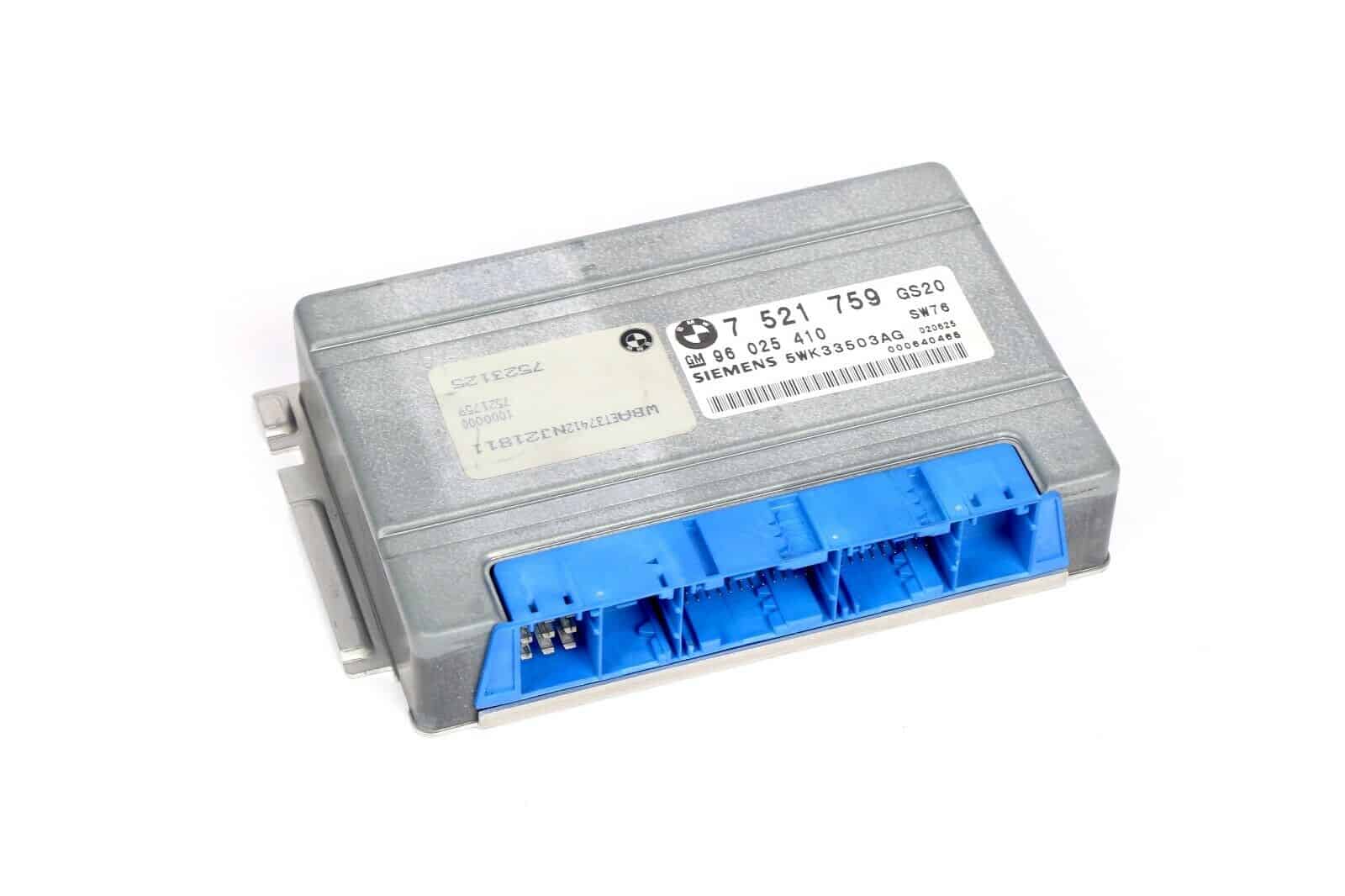
The transmission control module controls the operation of the automatic gearbox. Here are a few of it’s responsibilities:
- It decides what is the best gear for a particular load. This is important because the main objective of any transmission is balancing the torque-to-power ratio.
- It decides when is the right time to apply the gear. An adequate timing for the upshifts and downshifts is critical to keep the torque and power “flowing” flawlessly during acceleration and deceleration.
- Contributes to the fuel economy whenever possible. The transmission control module is in charge of detecting “low power, low torque” conditions, ideal for the “overdrive mode”.
- Receives, process, and detects problems in the automatic transmission system. Similar to the Electronic Control Unit (ECU), the transmission control module uses its software parameters to determine the conditions necessary for setting up data trouble codes related to its sensors and actuators.
- Receives, process, and detects information from other control modules. A modern vehicle’s electronic ecosystem is like a mini-network, with several computers sharing sensor and actuator data. Information that is crucial for automatic transmission calculations like the Throttle Position Sensor (TPS), Manifold Absolute Pressure (MAP) and RPM come from the engine computer (ECU) not directly from the transmission control module sensors.
Even though it is supposed to outlast the automatic gearbox, the transmission control module can also fail.
How To troubleshoot A Bad Transmission Control Module
This article has explained several common symptoms of a bad transmission control module. Nevertheless, since the transmission control module is the brain of the automatic transmission system, predicting the failure severity is very difficult.
Complex electronic components like the transmission control module may fail partially, letting the computer enter into emergency mode and giving you the opportunity of driving to a repair shop, but you may also experience a total failure without any warning.
The best way to diagnose a problem with the transmission control module is to check for error codes. If the problem is with the transmission control module then you will probably find the error code P0700. Depending on your vehicle, you may need to replace the transmission control module as it may not be repairable.
If you are going to try and change it yourself, then I’d definitely advise you try to pick up a second hand unit for a lot less cash.
So it is very important that if you suspect a bad or failing transmission control module, you get your car checked out by a qualified technician for a thorough diagnostic before driving it again.
Bad transmission control module replacement cost
A new transmission control module will cost anywhere from $250 to $500, depending on the make and model of your car.
The transmission control module is relatively easy to replace (see below) assuming you can get easy access to it. For this reason, it may worth trying to replace it yourself.
If you decide to change it yourself you may have to code it to the car so you’ll need to factor in the coding software or tool if you don’t already have one.
If you are going to get a mechanic to carry out the work for you, then you could add one day of labor to the cost which is on average $150 to $200.
To save some money, you could source a second hand module on eBay or Craigslist. Second hand transmission control modules can be bought for as little as $50 on average. As long as it’s tested and working properly, there’s no problem fitting a second hand part.
You could also attempt to repair your existing module, or give it to a specialist to repair for you. Repair services can be as little as $50 to $100. The advantage of getting the module repaired is that sometimes a second hand part can develop the same problem, especially if it is from the same year and model vehicle.
Bad Transmission Control Module replacement
If you’ve got access to the right tools, then changing a faulty transmission control module is actually a very straightforward job.
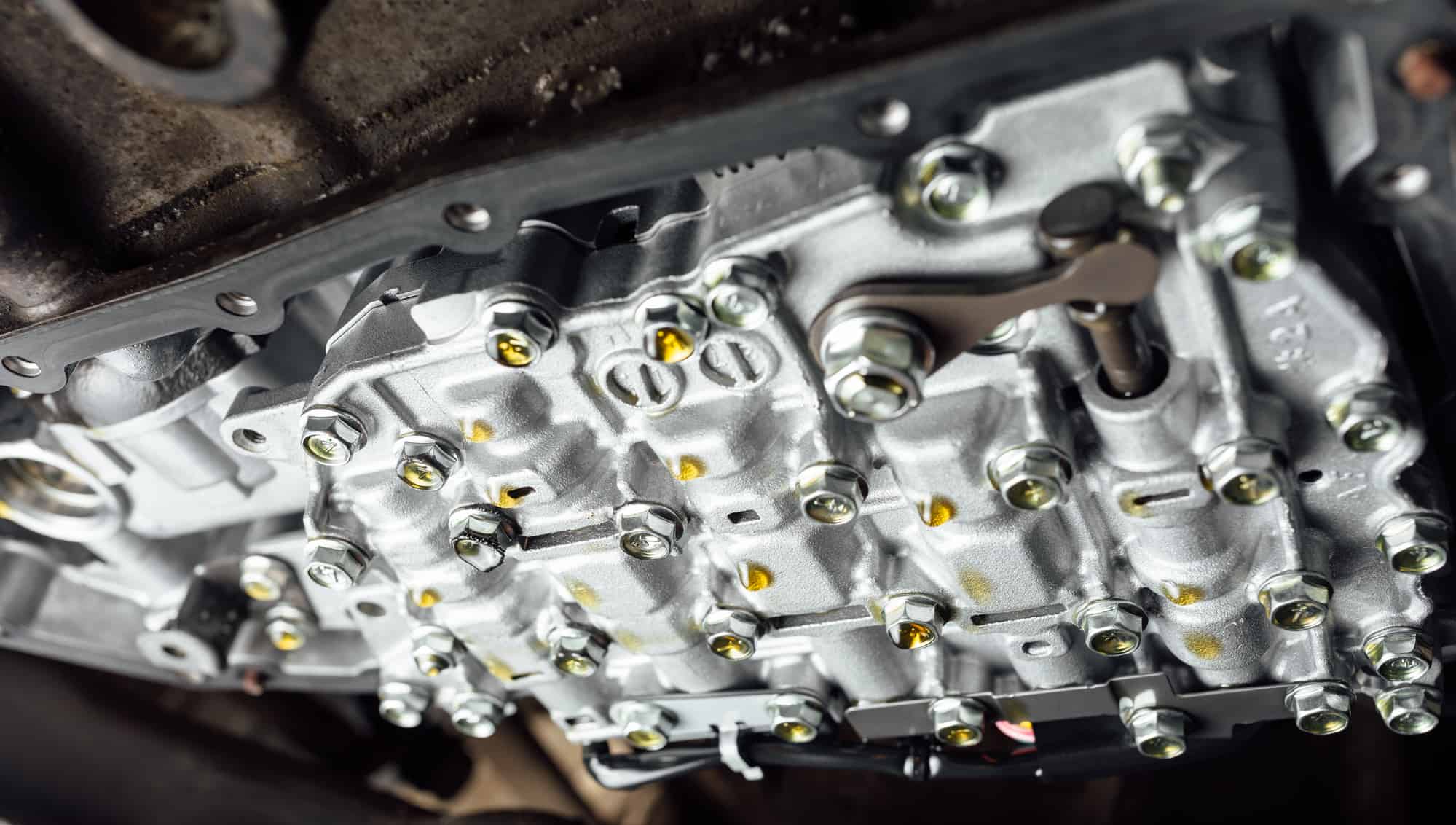
CVT automatic transmission from underneath the vehicle
Because it’s like a mini ECU for the gearbox, you’re going to need some diagnostic software and in most cases the new module will need to be coded to the car.
The procedure for every vehicle will be different but here’s a brief overview of of what’s involved:
- Perform a diagnostic reading of any error codes stored in the ECU. If you see P0700, then there is a problem with the transmission control module .
- Clear any error codes and take the vehicle for a short drive. If there is in fact a problem with the transmission control module, then the error will return and symptoms will still be present.
- Before removing the old module, check the coding procedure. In most cases you will need to take note of the old settings. (See Pic 1 below)
- To replace the transmission control module, first disconnect the battery.
- If you don’t know the location of the transmission control module then, refer to a vehicle specific repair manual for your vehicle. In many cases the transmission control module will be located in the engine bay and should be easy to access. Sometimes, the module will be mounted on or near the gearbox, and not so easy to remove.
- After locating the transmission control module, unplug all connectors and remove mounting screws.
- Remove the module and replace with the new module, ensuring that you replace all mounting screws and connectors in the right place.
- After fitting reconnect the battery.
- To pair the module with the ECU you’ll beed to recode the new module using some diagnostic/coding software for your car.
- Once coded, clear any error codes and take the vehicle for a drive to ensure everything is working as it should.
How To Reset A Bad Transmission Control Module
Sometimes it’s possible to fix transmission problems by resetting the transmission control module. Resetting the module effectively clears the memory of saved settings and restores it to factory settings.
The method of resetting the module will vary from vehicle to vehicle. Some can be reset by following a set of procedures like pressing the accelerator a certain number of times with the engine off. If you do a search online for your vehicle model, you will probably find a procedure in an online forum that you can try.
Another way to reset the transmission control module is to use a code reader or OBD 2 scanner. Most decent OBD 2 devices will have a way to clear the transmission control module memory, and reset it to learning mode.
If all else fails, disconnecting the car battery for at least 30 minutes usually clears the transmission control module memory. A word or warning, this method will also clear other settings, so double check the vehicle handbook or online for your exact model to see what you are letting yourself in for.
Where is the transmission control module located?
The location of the transmission control module can vary, depending on the make and model of the vehicle. On modern vehicles, it is usually located in one of two places. The first location is on the transmission itself, usually hidden behind the protective covers on that are screwed to the transmission. The other most likely place is integrated into the powertrain control module. This module is usually located in the engine bay, and also controls many other vehicle systems.
Some older vehicles, such as BMWs have a separate transmission control module fitted under the hood near the windscreen. These units were fairly easy to access and replace if necessary, unlike more modern vehicles.
As an Amazon Associate we earn from qualifying purchases.







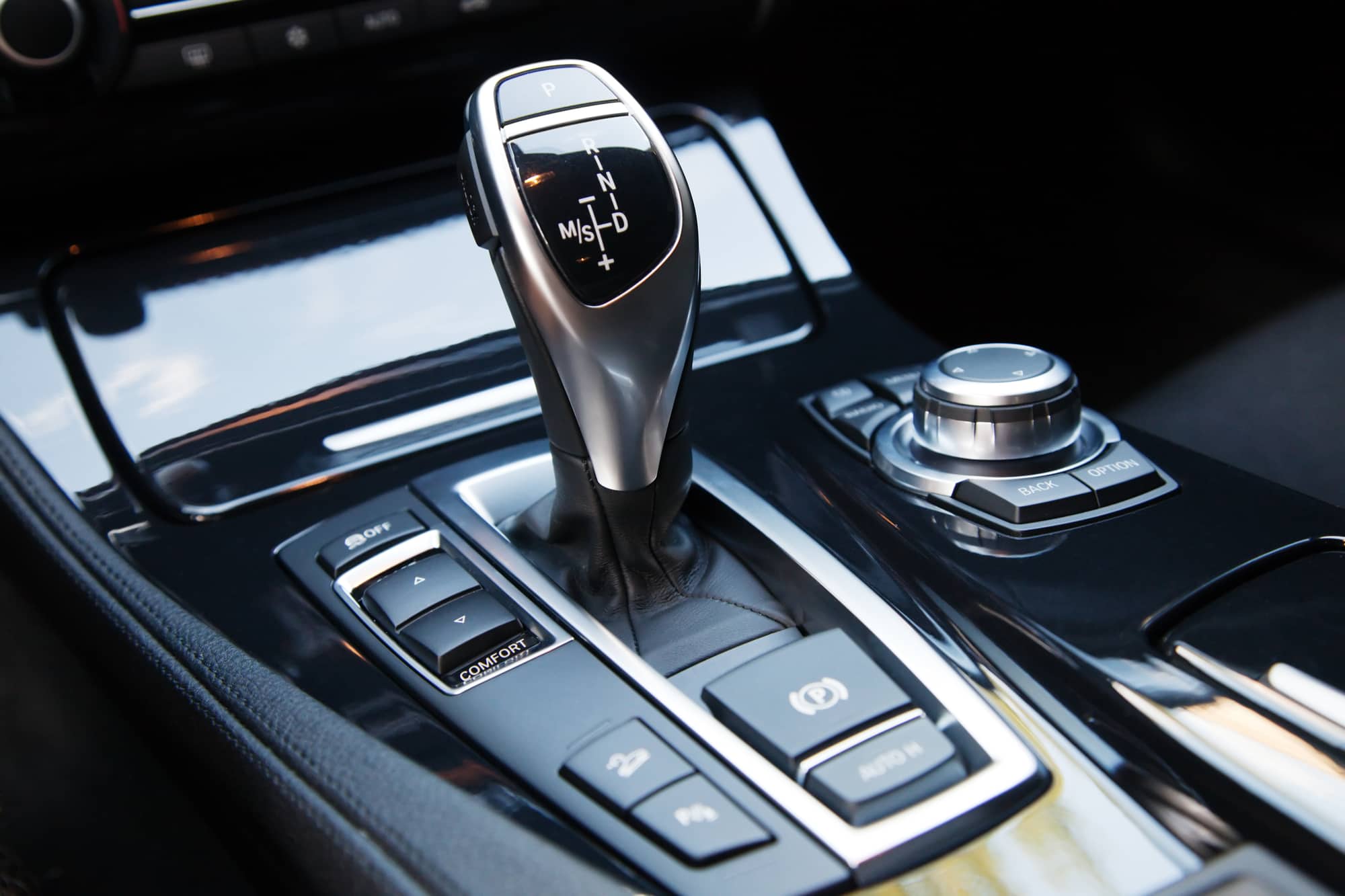

I’ve been experiencing some erratic shifting and poor fuel economy with my car lately. Could these issues be related to a failing transmission control module, and if so, what steps should I take to confirm this?
I’ve been having issues with my car’s gear shifting lately, and based on what I’ve understood, it might be related to the transmission control module. However, I’m not entirely sure how to interpret the symptoms my car is showing. What are the initial steps I should take to diagnose if the problem is indeed the transmission control module, and are there specific error codes I should look out for that would confirm this issue?